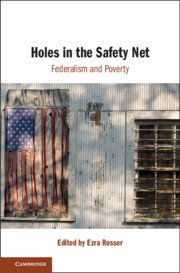New Article: A. Mechele Dickerson, The ‘Ideal Debtor’ and the ‘Traditional’ American Household, 38 Emory Bankr. Dev. J. 185 (2022). Abstract below:
Laws, like the Bankruptcy Code, that award governmental benefits reflect preferences for a certain type of person deemed worthy of governmental assistance. Just as the Bankruptcy Code favors the “Ideal Debtor,” other state and federal laws favor and subsidize the “traditional household,” which historically consisted of husbands who earned income in the paid labor market and wives who stayed home to provide unpaid care for the family.
Changes in social mores, the legalization of same-sex marriages, bans on gender discrimination in labor markets, and widening economic inequality make it more likely that today’s households will consist of a multi-generational family, single parents, unmarried partners, childless married couples, and married parents who both earn income in the paid labor market. The number of “traditional” households is shrinking and those households are now disproportionately white, rich, college graduates.
Even if public policy historically justified subsidizing traditional households, this Article argues that continuing those subsidies is no longer justified particularly because the subsidies exacerbate income and wealth disparities.





